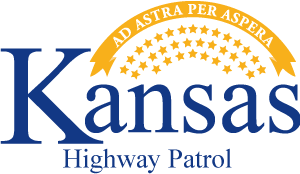If you drive a vehicle or vehicles that meets the following definition, a CDL is required (49 CFR §383.5):
Commercial motor vehicle (CMV) means a motor vehicle or combination of motor vehicles used in commerce to transport passengers or property if the motor vehicle is a:
- Combination Vehicle (Group A) – having a gross combination weight rating or gross combination weight of 26,001 pounds or more, whichever is greater, inclusive of a towed unit(s) with a gross vehicle weight rating or gross vehicle weight of more than 10,000 pounds, whichever is greater; or
- Heavy Straight Vehicle (Group B) – having a gross vehicle weight rating or gross vehicle weight of 26,001 pounds or more, whichever is greater; or
- Small Vehicle (Group C) that does not meet Group A or B requirements but that either –
- Is designed to transport 16 or more passengers, including the driver; or
- Is of any size and is used in the transportation of hazardous materials as defined in this section.
Simply stated:
- if the combination is over 26,000 lbs. AND the towed unit is over 10,000 lbs., a Class A CDL is required.
- If a single vehicle is over 26,000 lbs., a Class B CDL is required.
- If the vehicle is designed to transport 16 or more passengers and does not meet the definition of a Class A or B vehicle, a Class C CDL and P endorsement are required.
- If the vehicle does not meet the definition of a Class A or B vehicle, but it is used to transport a quantity of haz-mat requiring placards, a Class C CDL and haz-mat endorsement is required.

